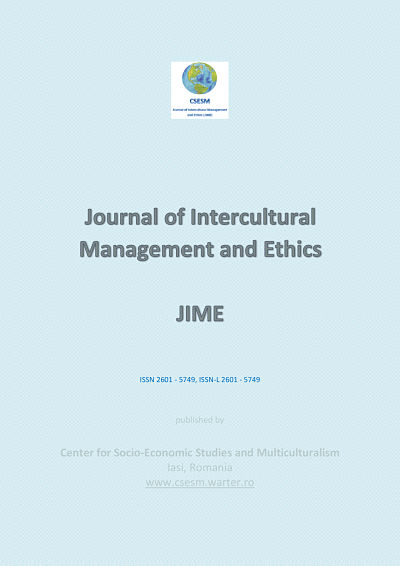Burnout Syndrome in Forensic Pathology - Current Stage of Knowledge, Approach Proposals
Burnout Syndrome in Forensic Pathology - Current Stage of Knowledge, Approach Proposals
Author(s): Silviu Morar, Lilioara-Alexandra MujaSubject(s): Supranational / Global Economy, Business Economy / Management, Sociology, Socio-Economic Research
Published by: Center for Socio-Economic Studies and Multiculturalism
Keywords: burnout syndrome; forensic pathology; job satisfaction
Summary/Abstract: Occupational stress can influence both professional activity and the health of people from different branches of activity. The reaction to stress is subjective, depending on each person’s coping skills. When the individual adjustment mechanisms are overcome, burnout syndrome - a state of physical, mental and emotional exhaustion caused by prolonged stress at work - can occur. At the European level, there are numerous studies on the occurrence of burnout in medical personnel, especially in the emergency and trauma physicians, but the phenomenon is insufficiently studied in the forensic staff. Our paper aims to identify the recent information on this phenomenon, as the basis for further studies. Based on these data, we propose an interdisciplinary approach to the phenomenon: from the perspective of the concepts that define work ethic (burnout as an indicator of altering professional satisfaction), based on its psychological coordinates (identifying possible coping mechanisms), as well as by extrapolating a model taken from public health, based on the idea of risk assessment. Our approach aims to identify and quantify the risk factors, but also the protective factors involved in the etiopathogeny of burnout. Based on these factors, targeted prophylactic and therapeutic programs can be developed and implemented, adapted to the variables involved in the emergence of the phenomenon. This type of approach rests on the idea that burnout is a sequential and cumulative process, which starts with initially low-intensity signs and symptoms; their early identification and addressing have a real chance of preventing an unfavorable evolution.
Journal: Journal of Intercultural Management and Ethics
- Issue Year: 3/2020
- Issue No: 2
- Page Range: 79-84
- Page Count: 6
- Language: English

